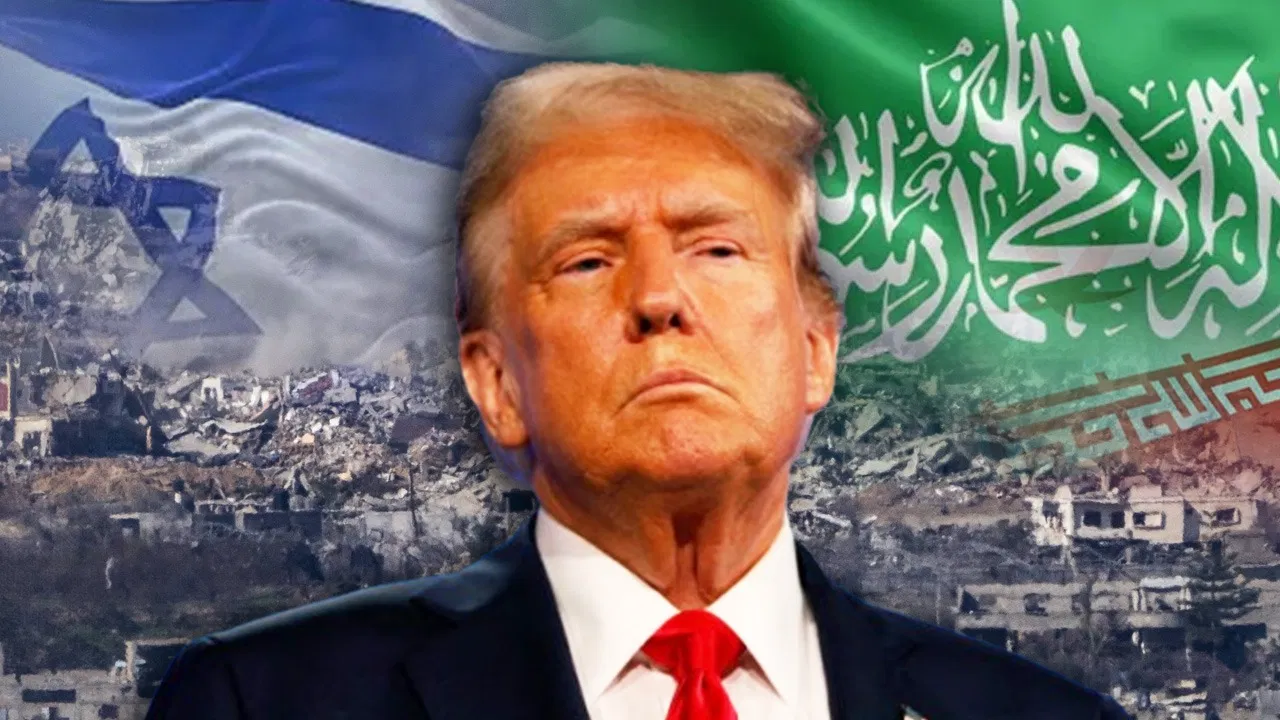
The land of Gaza has long been a witness to an unending saga of conflict, violence, destruction, and despair. Today, it once again stands at a crossroads—where a faint glimmer of peace appears on the horizon, yet clouds of smoke and ashes still darken the sky. The recently brokered ceasefire has offered a breath of relief not only to the Middle East but to the entire world. The steps taken toward restoring peace and calm in Gaza deserve appreciation. However, the critical question remains: will this peace endure, or is it merely a brief pause before the next round of war? The global community fervently hopes for a lasting truce, as the Israel–Hamas conflict has displaced over 2.2 million people and pushed them to the brink of starvation. Therefore, it is imperative that both sides fully implement the first phase of the agreement—ensuring the release of hostages and prisoners, maintaining a continuous flow of humanitarian aid to Gaza, and facilitating a partial withdrawal of Israeli forces from key urban centers. The progress of these measures will determine the initiation of the second phase of talks, which promises to be far more challenging.
The world will be watching to see whether these subsequent negotiations materialize and whether the commitments made are honored. Skepticism persists, as it remains unclear how far Israel will pull back its forces, what form the administrative structure of Gaza will take, and whether Hamas will agree to it. Moreover, while Hamas is expected to lay down its arms, Israel must pave the way for the creation of an independent Palestinian state. Hamas has maintained that it will disarm only when the path to Palestinian sovereignty is clear—a condition to which Israel shows little willingness to concede. U.S. President Donald Trump, before departing for Egypt to oversee the implementation of the Gaza peace initiative, called his efforts “a pathway to peace in West Asia” and urged Israeli Prime Minister Benjamin Netanyahu to seek an understanding with Iran. Such an agreement will only be possible if Iran abandons its stance of eradicating Israel.
The current situation in Gaza is not the outcome of a single nation or policy—it is the cumulative result of decades of mistrust, inequality, and political opportunism. The recent conflict, which claimed the lives of countless innocent civilians, including women and children, has once again underscored a grim truth: no matter the justification, war invariably ends in human tragedy. Hospitals, schools, and places of worship—none have been spared. Following U.S.-mediated ceasefire talks, Hamas finally released the remaining twenty Israeli hostages, prompting celebrations across Israel. Yet, despite these hopeful gestures, the ceasefire remains fragile and fraught with risk. Its true test lies in the days ahead. Ensuring lasting peace in this turbulent region will require consistent, sincere, and collective efforts from all major stakeholders.
One of the greatest challenges now is the reconstruction of Gaza, which has been reduced to rubble after nearly two years of relentless warfare. The ceasefire, declared at such a precarious moment, is not merely a political decision—it is also a reawakening of human conscience. It reminds us that peace is not a matter of convenience but a fundamental necessity. This truce has emerged as a “ray of hope” for all humanity, symbolizing the possibility that when powerful nations—especially the U.S., Europe, and the Arab world—rise above political priorities to uphold human values, the path to resolution begins to open. Still, questions linger about the authenticity of this peace. Former U.S. President Donald Trump may tout the ceasefire as a diplomatic triumph, but the reality is that the guns fell silent only after the war’s horrors reached their peak. This truce, therefore, is less a “victory of diplomacy” and more an outcome of human desperation. It was brought about by global pressure, humanitarian activism, and the cries of ordinary civilians. The real challenge now is to sustain it—to ensure that the darkness of war does not return, and the light of peace continues to shine.
True peace will remain elusive as long as the people of Gaza are deprived of basic necessities—water, food, medicine, education, and dignity. Genuine peace will dawn only when the structures of injustice, oppression, and inequality are dismantled. Peace is not merely the silence of weapons but the transformation of hearts. President Trump, in his address to the Israeli Parliament, called the Gaza peace agreement “a historic dawn for West Asia.” Yet, it is difficult to say whether the major Muslim nations are ready to recognize Israel. While Trump has claimed that all Muslim countries supported the Gaza peace deal, the reality is more complex. Pakistan, for instance, initially praised the agreement but soon withdrew its support and even incited extremist protests against it. By allowing such demonstrations—and even opening fire on protesters—Pakistan sent a message to Washington that accepting the peace deal was politically untenable. The U.S. must recognize this duplicity.
It is now the responsibility of the United Nations, the European Union, the Arab League, and all major world powers to ensure that the ceasefire does not remain a mere declaration. They must craft a comprehensive plan for Gaza’s humanitarian and political reconstruction—one that balances dialogue, aid, and governance. Only when Gaza’s children return to school, when refugees rebuild their homes, and when fear gives way to trust, can we truly say that peace has come to Gaza. Israel, as the stronger party, must show greater magnanimity, while Hamas must renounce violence and commit to realizing a viable two-state solution. Having been entrusted with this fragile truce, Hamas must now prove its sincerity. Under no circumstances should Gaza relapse into violence. Today’s ceasefire may be a “ray of hope,” but transforming that light into a lasting flame of peace depends on the wisdom, compassion, and unwavering resolve of the global community